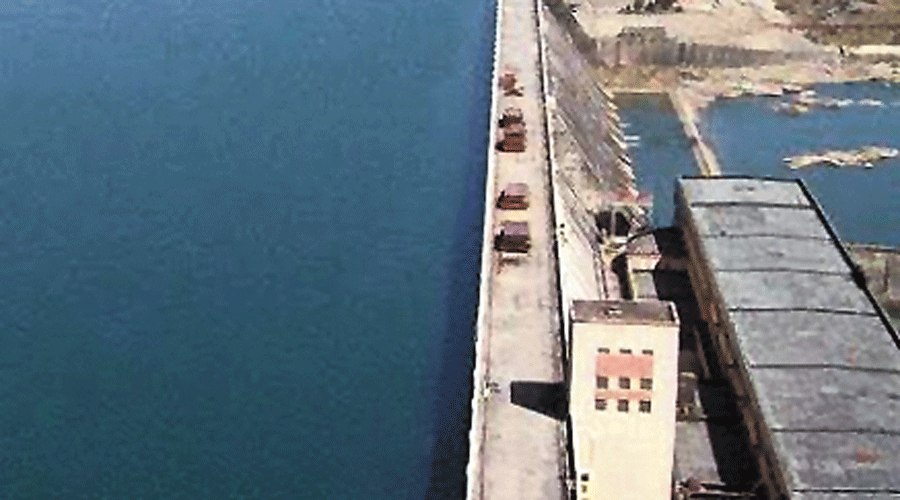An international recognition for the Hirakud Reservoir, which has continued to save millions from floods for the past 65 years, has prompted many here to express gratitude to the men behind it: India’s first Prime Minister Jawaharlal Nehru and then Planning Commission member Prasanta Chandra Mahalanobis.
The reservoir was on Saturday recognised as a “wetland of international importance” by the Ramsar Convention, an intergovernmental treaty that provides the framework for the conservation and wise use of wetlands and their resources. The honour comes amid celebrations of the 75th anniversary of India’s Independence.
A senior official of the state water resources department said the reservoir, inaugurated by Nehru in 1957, had protected Odisha from a huge flood over the past few days.
“With unabated rainfall for the last four days on the upper catchment area of the Mahanadi and Chhattisgarh, the lower catchment of Mahanadi would have been completely submerged by now had we not had the Hirakud Reservoir,” the official said.
Former Union minister Srikant Jena said: “Not only has the Hirakud Reservoir regulated the water flow in Mahanadi, it has made huge contributions to irrigation and power generation. When we are celebrating Azadi Ka Mahotsav, we should recall the contribution of Nehru and Mahalanobis.”
He added: “Nehru went ahead with the project despite opposition, with solid support from Mahalanobis, India’s Plan Man.”
Jena said Mahalanobis had analysed 60 years of flood data related to Odisha in 1926 and later convinced the Nehru government to go ahead with the Hirakud Reservoir project.
Former state finance minister Panchanan Kanungo said: “It’s the only wealth of Odisha at present that’s still paying rich dividends for the people of the state, controlling floods, saving people from drought and generating power at a cheaper cost.”
Additional chief secretary-cum-special relief commissioner P.K. Jena told The Telegraph that Odisha was likely to face a “medium kind of flood” from the ongoing rain instead of a severe one thanks to the Hirakud Reservoir.“Because of Hirakud, we saved Cuttack city and some other cities in 2011 when there was high flood,” he said.
According to a release from government publicity arm PIB, water from the Hirakud Reservoir produces around 300MW of hydropower and irrigates 436,000 hectares. It helps draw tourists to Odisha and its fisheries provide livelihood to 7,000 families.
It is home to one endangered fish species, six near-threatened fish species, and 21 fish species of economic importance.
Over 130 bird species have been recorded at the site, of which 20 species are of high conservation significance.










